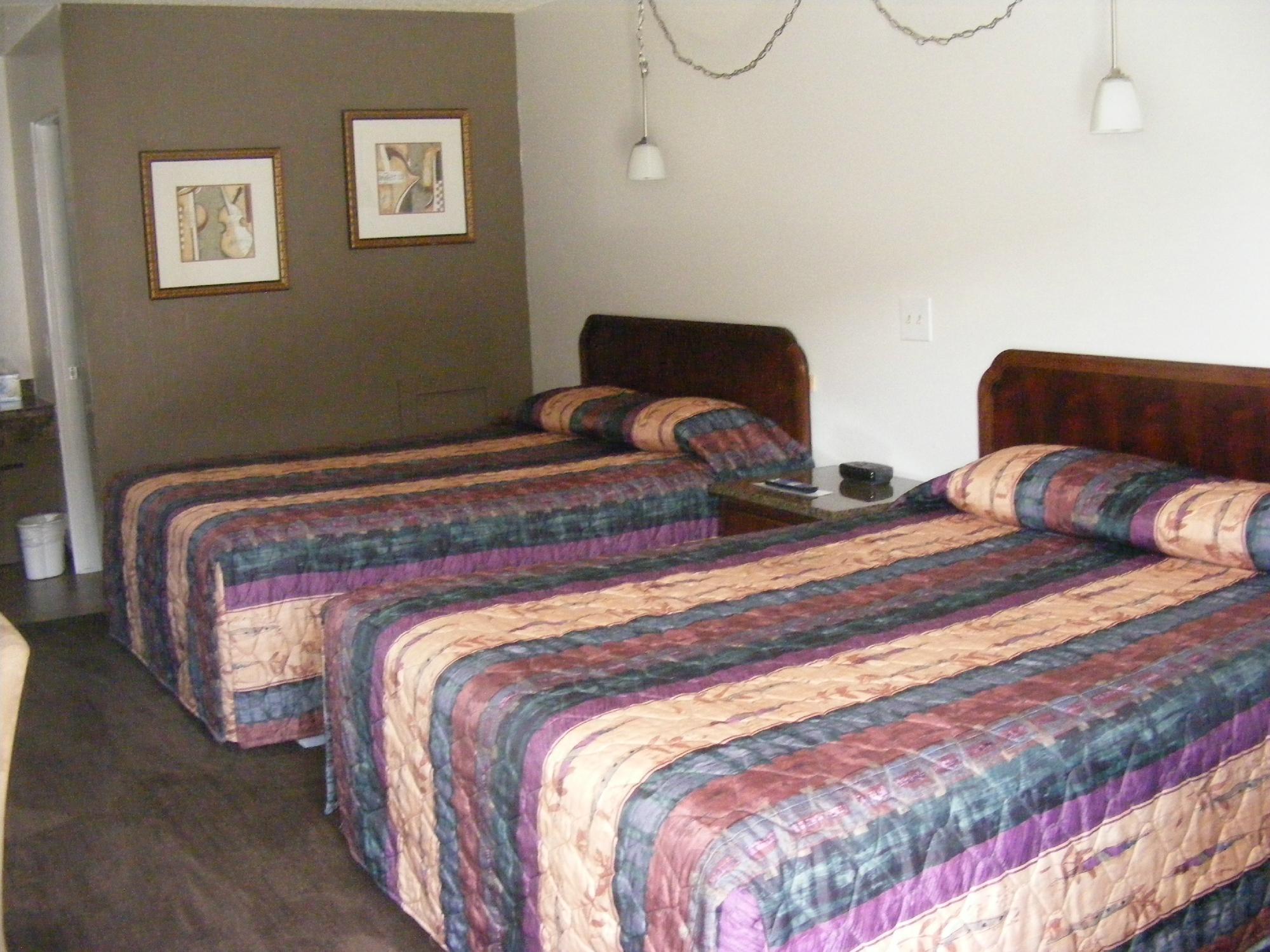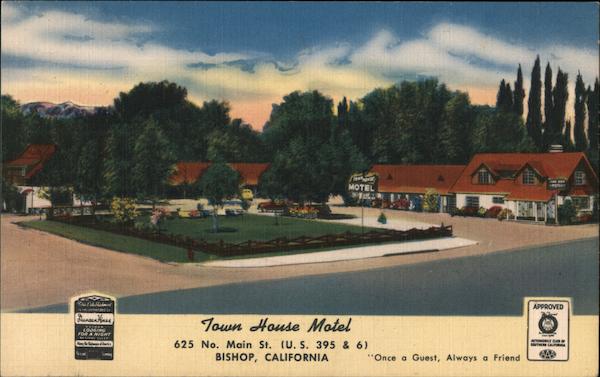Table Of Content

Tickets are required and can be purchased online or by phone when staff is available. The only legal access to the property is through one of the tour options. All visitors must check-in at Visitor Center to receive a wristband.
History
Floodwaters Threaten Once More The Farnsworth House - ArchDaily
Floodwaters Threaten Once More The Farnsworth House.
Posted: Thu, 21 May 2020 07:00:00 GMT [source]
If any one item fails, the whole system does not fail. All of the stuff at Disney is hydraulically powered; the rides, the bridges that move over the canals. There’s hundreds of thousands of people walking around these things and they have to be damn sure that they don’t fail. The science of doing that is reliability engineering and again, something we do all the time.
Futaba Cake Building
The Farnsworth House plans are made up of a total of 1500 square feet and consist of a single raised story. The floor and roof slab is supported by eight structural steel I-beams with floor-to-ceiling glass windows between each I-beam. The floor and roof slab extends beyond the I-beams on the corners, creating a cantilevering system, which is very popular in modern architecture. There is also a semi-separate offset patio that sits a few steps below the house, that is finished with the same travertine floor as inside of the house.
Other structures
The steel and glass house was commissioned by Edith Farnsworth. In 1930, RCA recruited Vladimir K. Zworykin—who had tried, unsuccessfully, to develop his own all-electronic television system at Westinghouse in Pittsburgh since 1923[30]—to lead its television development department. Critics of the home in its time seem almost shockingly ignorant of what Mies was doing. Both the open, flexible interior of the Edith Farnsworth House and its connection to nature show a deep warmth and empathy for the individual. Mies’ choice of materials and the surface austerity of his designs are deliberately industrial in nature.
It’s 4 to 5 feet below grade and that the bedrock is 17 to 20 feet below grade. Like Philip Johnson’s Glass Hhouse, which it directly inspired, the Farnsworth house is exceptionally photogenic. It lives in perfect symbiosis with photography, the interior revealing itself to the voyeuristic x-ray eye of the camera. However the most interesting photographs of the Farnsworth house might not be those that show it in its purist glory. Rather, they are those from the later occupancy of Dr. Edith Farnsworth herself, struggling to assert her identity over that of the buildings. Those photographs that show the insect screens and TV aerials, the flood damage and rust, like the classic photos of the Villa Savoye as a ruin, perhaps carry more appeal than the building in its current uninhabited perfection.
Floor
The façade is made from individual panels of glass which run from floor to ceiling, fixed to the structure by steel frames. Even non-catastrophic rains still leave their mark on the house over time, damaging the terrace’s travertine and its steel supports and framing. Winter is also an enemy, as freeze-thaw cycles cause the uncommonly close-set travertine to buckle and crack. The Fox River originates in southeast Wisconsin and runs south for 202 miles until it feeds into the Illinois River near Ottawa, Illinois. Along the way, the Fox gradually drops 470 feet, a plunge that gives the river enough force to have powered the mills and dams that once lined the waterway.
The notion of using hydraulics in building technology is not unusual. The notion of using hydraulics in any technology is not unusual. Then with a survey, so the big gray swath is the Fox River.
The house is completely lacking in walls, which have been substituted for floor-to-ceiling glass panels. It is only the curtains, if closed, which impede the vision of the interior at all. Although it ended up being difficult to live in, the elegant simplicity of the Farnsworth House is still considered today as an important achievement in the international architectural style. Regardless of the disagreements between the architect and client, the Farnsworth House presented a number of design problems.
the Edith Farnsworth House
Palumbo furnished the house with several additional examples of Mies-designed furniture, but even so, it maintained the serene open quality that the architect and client originally envisioned. A central core contains all services, two bathrooms, a kitchen with a continuous stainless steel countertop on the north side, and a primavera wood living space and fireplace on the south side. I-beams connect just below the roof and patio surfaces, their welds polished smooth to make the connection invisible. Smoothness and continuity are also apparent in the details of the other surfaces of the house, from the floors to the wood panels. Mies was also deeply aware of how industrial life cut off human beings from nature. He once said, “We should attempt to bring nature, houses, and the human being to a higher unity.” He certainly achieved that with the Edith Farnsworth House.
Sex and Real Estate, Reconsidered: What Was the True Story Behind Mies van der Rohe's Farnsworth House? - ArchDaily
Sex and Real Estate, Reconsidered: What Was the True Story Behind Mies van der Rohe's Farnsworth House?.
Posted: Fri, 03 Jul 2015 07:00:00 GMT [source]
We bought it for a couple of reasons because it’s iconic, because we wanted to emphasize how important midcentury modern is, because the other bidder that we knew of was planning on moving the building out of the way or out of the state. They’re planning on moving it to the East Coast and we wanted this building to be open to the public. Completed by Mies van der Rohe in 1951, the Farnsworth House was one of the rare instances of being recognized even before it had been built. Exhibited first as a model in 1947 at the Museum of Modern Art in New York, critics were stunned by the house’s ability to convey the “purity of a cage” through its sleek design. The architectural community was simultaneously inspired and discomforted by such a revolutionary take on placing man in the world by way of design.
You could have telescoping poles presumably that might be able to do this. The controls would be in a waterproof cabinet somewhere in the pit. There would be an electric emergency generator obviously in case the power failed that could be up by the road, by the house. There are many ways of handling all of the controls for this.
The Edith Farnsworth House stands as a metaphor for the fragile union between humanity, art, and nature – a balance of the controlled and uncontrollable and of the physical, intellectual, and aesthetic. The house was designed to be a serene island, a place of quiet reflection. Farnsworth House is an icon of modernist architecture. We should attempt to bring nature, houses, and the human being to a higher unity. His career was a long and patient search for an architecture that would be a true expression of his epoch’s essential soul, the Holy Grail of German Modernism. He perceived our period as the era of industrial mass production, a civilization shaped by rapid technological development forces.
Another way to conceptualize how much flooding and how much water is going on this site is to take a look at this Andy Goldsworthy sculpture called Flood Stones that was commissioned by Lord Peter Palumbo in 1991. This cairn was situated just on the bank of the Fox River, near the Rob Roy Creek, and they’re supposed to match the different flood lines. Rumors have long swirled about what went wrong between the architect and his client. Farnsworth’s lawsuit against Mies ultimately sided in his favor, pinning a 30% overrun on escalating materials costs beyond the architect’s control. Mies and Farnsworth would never speak again, and the completion of the house was orchestrated by intermediaries. Dr. Edith Farnsworth was a wealthy and accomplished nephrologist in 1945 when she commissioned Mies to design a rural weekend home 55 miles southwest of Chicago on the Fox River.
All visitors are required to wear their wristband while on the property. Be advised that no pets are allowed on the tours, and there is no shady area to leave them at our Visitor Center. Today, the Department owns 182 beautiful parks including natural areas, wildlife sanctuaries, lakes, trails, arboreta and botanic gardens and local, community and regional parks. The Department also operates the largest municipal golf system with 20 courses at 18 locations and owns great cultural venues including the John Anson Ford Amphitheatre and the world famous Hollywood Bowl. The County of Los Angeles Department of Parks and Recreation has a long, proud history which has brought us to where we are today. To understand what Mies did seek to achieve through the Farnsworth House’s disruptive modern design, it is best to turn to the words of the man himself.
From the terrace, another five steps identical to the previous ones provide access to the second platform, situated 1.5 metres above the ground and on which the house is supported by eight steel pillars. Located in any other place, on the same plot or another, it could have been different. Mies has decided to rely on the action of nature to frame the project and to act in participation with it. During spring, when the river overflows and rises up to 60cm below the base of the structure, the water completes the architect’s vision, achieving the projected image. Farnsworth wanted Mies to design a simple place intertwined with nature where she could unwind and relax. The initial cost estimate for the house was about $40,000.













